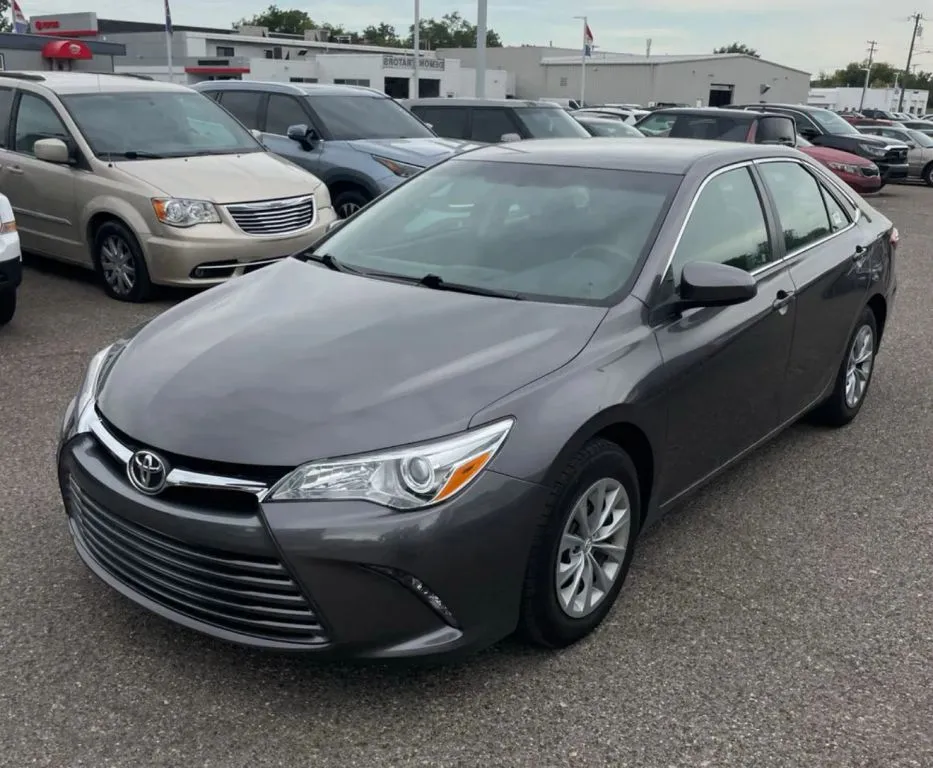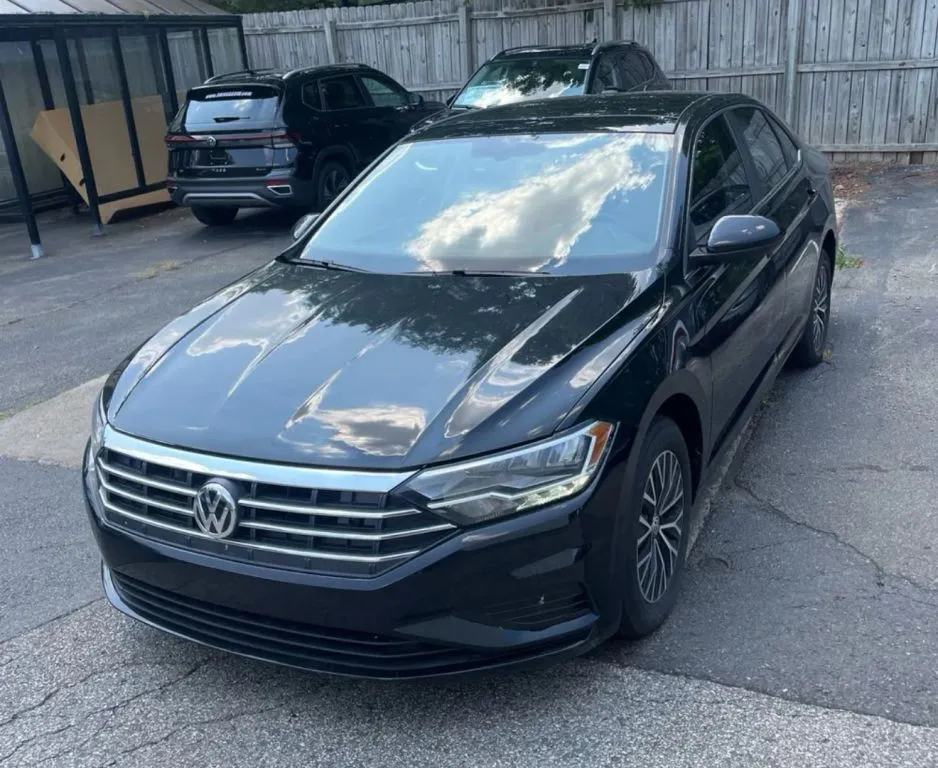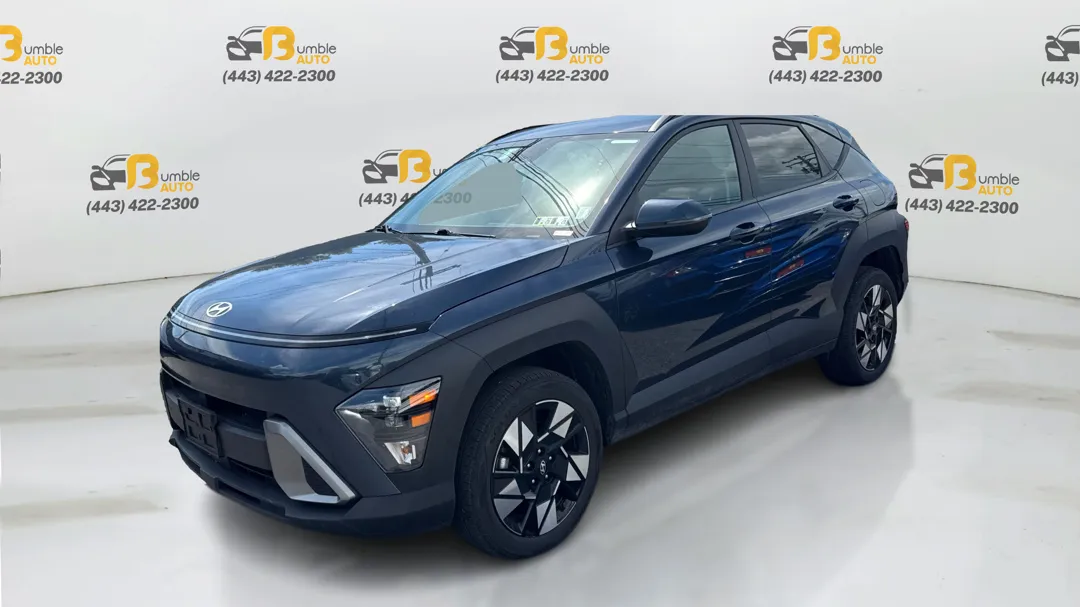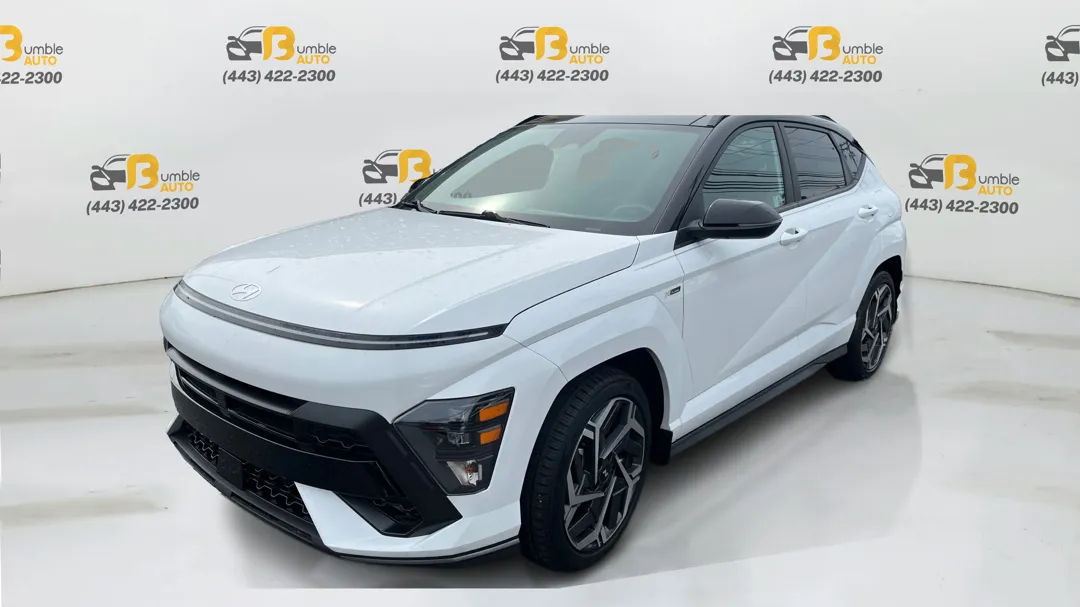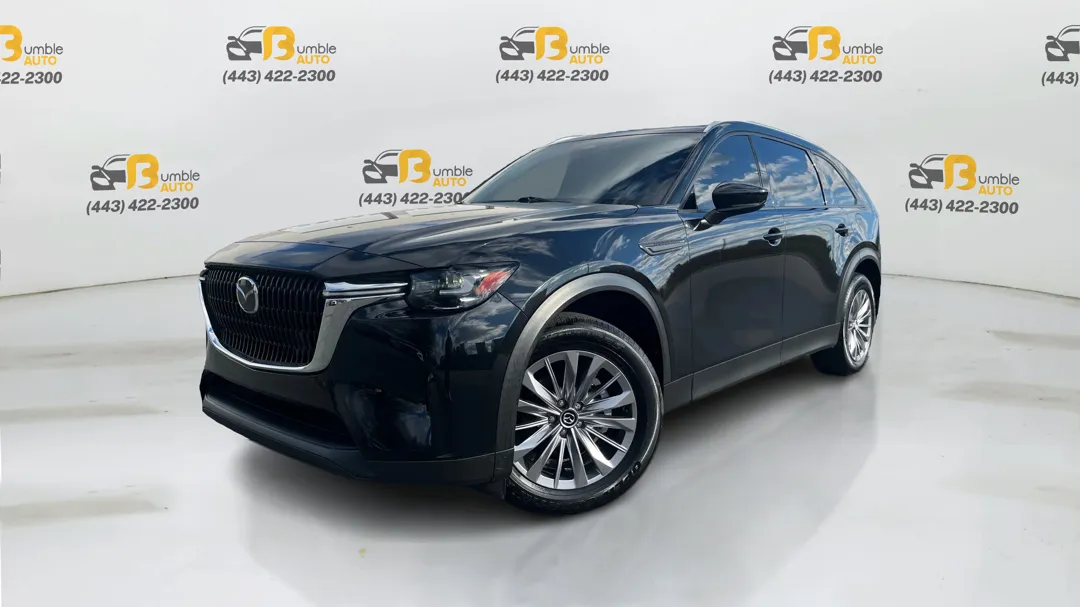Car Trade-In Value: What Factors Influence The Offer You Receive?
Table of Contents
- Car Trade-In Value: What Factors Influence The Offer You Receive?
- Factors That Impact Car Trade-in Value
- 1. Age and Mileage of The Car
- 2. Condition and Maintenance History
- 3. Popular Car Models and Demand
- 4. Market Trends and Economic Factors
- 5. Upgrades and Modifications
- 6. Negotiating the Trade-in Value
- Tips for Maximizing Your Trade-in Offer
- 1. Maintain Your Vehicle
- 2. Address Minor Repairs
- 3. Gather Documentation
- 4. Clean Your Car
- 5. Consider Selling Privately
- Conclusion
Car Trade-In Value: What Factors Influence The Offer You Receive?

Thinking about trading in your car? Understanding the factors that influence the offer you receive is essential for getting the best value. From the model and condition of your vehicle to market trends and demand, various elements play a role in determining the trade-in value. This article will dive deep into the factors that affect the trade-in offer, helping you navigate the process with confidence.
One key factor is the make and model of your car. Some brands hold their value better than others, leading to higher trade-in offers. Additionally, the condition of your vehicle is crucial. Well-maintained cars with minimal wear and tear tend to receive better offers compared to those in poor condition.
This article will not only delve into these factors but also guide you through the process of trading in a car, ensuring you are well-equipped for successful negotiations.
Market trends can also impact the trade-in value. Supply and demand, as well as economic factors, can influence the value of used cars. Keeping an eye on the market can help you time your trade-in for maximum value.
By understanding the factors that influence your car trade-in value, you can make informed decisions and negotiate a fair offer. So, let's get started and uncover the secrets to getting the most for your vehicle.
Factors That Impact Car Trade-in Value
1. Age and Mileage of The Car

The age and mileage of your car are two crucial factors that significantly impact the trade-in value. As a general rule, newer cars with lower mileage tend to receive higher offers. This is because newer vehicles are typically perceived as being in better condition and having fewer potential issues.
Car dealerships and buyers consider the mileage as an indicator of how much wear and tear a vehicle has experienced. A lower mileage suggests that the car has been driven less and is likely to have fewer mechanical problems. On the other hand, high mileage can lead to a lower trade-in value as it indicates that the car has endured more use and is closer to reaching its potential lifespan.
Additionally, the age of the car plays a role in determining its trade-in value. Newer models generally hold their value better than older ones. This is because newer cars often come with advanced features, improved safety technology, and better fuel efficiency, making them more desirable to buyers. As the car ages, its value depreciates, which can affect the trade-in offer you receive.
2. Condition and Maintenance History

The condition of your vehicle is another critical factor that influences the trade-in value. Car dealerships and buyers assess the overall condition, both internally and externally, to determine its worth. A well-maintained car with minimal wear and tear is more likely to receive a higher trade-in offer compared to a vehicle in poor condition.
When evaluating the condition of your car, buyers consider factors such as the exterior paint, interior cleanliness, tire tread, and any visible damage or repairs. Regular maintenance and servicing records can also contribute to a higher trade-in value. A properly maintained car with a documented history of regular oil changes, tire rotations, and other routine maintenance is seen as more reliable and valuable.
To maximize your trade-in offer, it's essential to keep your car in good condition throughout its lifespan. Regularly cleaning the interior and exterior, addressing any repairs promptly, and keeping up with scheduled maintenance can help maintain the value of your vehicle and potentially increase its trade-in value.
When deciding between fixing or trading in a car, consider that investing in repairs might enhance your vehicle's trade-in value, especially if these improvements address significant mechanical issues or cosmetic damage.
3. Popular Car Models and Demand

The popularity of your car model and the demand for it in the market play a significant role in determining its trade-in value. Some car models hold their value better than others due to their reputation for reliability, performance, and desirability. These models often have higher trade-in offers as they are in demand among buyers.
Factors such as brand reputation, customer reviews, and market trends influence the popularity and demand for specific car models. Vehicles from well-known and trusted brands tend to retain their value better than lesser-known brands. Additionally, cars with higher safety ratings, fuel efficiency, and advanced features attract more buyers, which can increase their trade-in value.
Market trends, including supply and demand dynamics, can also impact the trade-in value of your car. If there is a high demand for a specific car model and limited supply in the market, the trade-in value is likely to be higher. Conversely, if the market is flooded with similar vehicles, the trade-in value may be lower due to increased competition.
Keeping an eye on market trends and understanding the demand for your car model can help you time your trade-in for maximum value. If the demand for your vehicle is high, it may be a good idea to hold onto it for a little longer to get a better trade-in offer.
4. Market Trends and Economic Factors

When it comes to determining the trade-in value of your car, market trends and economic factors play a significant role. Supply and demand in the used car market can have a substantial impact on the value of your vehicle. In a market with high demand and limited supply, the trade-in value is likely to be higher. On the other hand, if there is an oversupply of similar vehicles, the trade-in value may be lower.
Economic factors such as inflation, interest rates, and fuel prices can also influence the trade-in value. In times of economic downturn, people may be less willing to purchase new cars, resulting in a decrease in trade-in values. Similarly, rising fuel prices can lead to a decrease in demand for fuel-inefficient vehicles, affecting their trade-in value.
Furthermore, regional factors can impact the trade-in value as well. Factors like local demand, weather conditions, and even the popularity of certain brands or models in your area can affect how much dealerships are willing to offer for your car.
Additionally, specific regional factors like the auto trade-in tax in Maryland can significantly influence your car's trade-in value, depending on your location.
Considering these market trends and economic factors can help you understand the potential trade-in value of your vehicle and plan accordingly.
5. Upgrades and Modifications

Another crucial factor that influences the trade-in value of your car is the presence of upgrades and modifications. While personalizing your vehicle with aftermarket accessories and enhancements can enhance your driving experience, they may not always increase its trade-in value.
Dealerships often prefer vehicles in their original factory condition. Modifications like aftermarket rims, spoilers, or performance upgrades may not appeal to a wide range of buyers, limiting the market value of your car. These modifications can also make it harder for dealerships to assess the true condition of the vehicle, which may lead to a lower trade-in offer.
However, certain upgrades like advanced safety features, technology upgrades, or improved audio systems can have a positive impact on the trade-in value. These upgrades can make your car more appealing to potential buyers, leading to a higher trade-in offer.
It's important to consider the type of upgrades and modifications you have made to your car before trading it in. While some modifications may enhance the value, others may be seen as a potential drawback. Evaluating the impact of these upgrades can help you make an informed decision and maximize your trade-in offer.
6. Negotiating the Trade-in Value

Negotiating the trade-in value is an essential part of the car trade-in process. While dealerships may initially offer a trade-in value, it's crucial to remember that this is not a fixed amount. There is often room for negotiation, and with the right tactics, you can increase the offer to better match the actual value of your car.
One effective strategy is to research the market value of your vehicle before approaching the dealership. Websites and online tools can provide you with estimates of your car's worth based on factors like make, model, year, mileage, and condition. Armed with this information, you can confidently negotiate a fair trade-in offer.
Timing is another crucial aspect of negotiation. Dealerships may be more willing to offer a higher trade-in value at certain times, such as the end of the month or during promotional events. By understanding these timing factors and being patient, you can increase your chances of receiving a better trade-in offer.
For those in the state looking for expert assistance, Bumble Auto's trade in services offer personalized support to help you secure the best deal for your vehicle.
Lastly, don't be afraid to shop around and visit multiple dealerships. Each dealership may have a different approach to trade-ins and may offer varying values for your car. By getting multiple offers, you can compare and choose the best one, or use the offers as leverage to negotiate an even higher value.
Tips for Maximizing Your Trade-in Offer

Now that we've covered the key factors that influence the trade-in value of your car and how to negotiate, let's explore some additional tips for maximizing your trade-in offer:
1. Maintain Your Vehicle
Regular maintenance, including oil changes, tire rotations, and keeping up with recommended service intervals, can help maintain the condition of your car. A well-maintained vehicle is more likely to receive a higher trade-in value.
2. Address Minor Repairs
Before trading in your car, consider addressing minor repairs or cosmetic issues. Fixing dents, scratches, or replacing worn-out parts can improve the overall appearance and condition of your vehicle, potentially leading to a higher trade-in offer.
3. Gather Documentation
Collect all the necessary documentation related to your car, including service records, ownership history, and any warranty information. Having these documents readily available showcases your car's well-documented history and can increase its perceived value.
4. Clean Your Car
Presenting a clean and well-detailed car to the dealership can make a positive impression. A thorough interior and exterior cleaning, along with cleaning the engine bay, can help your car stand out and potentially result in a higher trade-in value.
5. Consider Selling Privately
While trading in your car is convenient, selling it privately can often yield a higher value. By advertising your car online or through classified ads, you can attract potential buyers who may be willing to pay more than a dealership trade-in offer.
By following these tips and considering the various factors that influence the trade-in value, you can maximize your chances of receiving a fair and competitive offer.
For more in-depth strategies, explore our comprehensive tips for car trade in, helping you prepare your vehicle for the best possible offer.
Conclusion
Trading in your car can be an efficient way to offset the cost of purchasing a new vehicle. However, understanding the factors that influence the trade-in value is crucial for ensuring you receive the best offer. Factors such as market trends, economic conditions, upgrades, and negotiations all play a role in determining the trade-in value.
By researching the market, maintaining your vehicle, addressing minor repairs, and negotiating effectively, you can increase your chances of receiving a higher trade-in offer. Additionally, considering selling your car privately may offer an alternative route for maximizing your car's value.
For those new to this process, a guide to first car trade in offers essential insights to first-time sellers looking to navigate this journey successfully.
Remember, each car trade-in situation is unique, so it's essential to evaluate your specific circumstances and make informed decisions. By following the strategies and tips outlined in this article, you can navigate the car trade-in process with confidence and get the most value for your vehicle.


